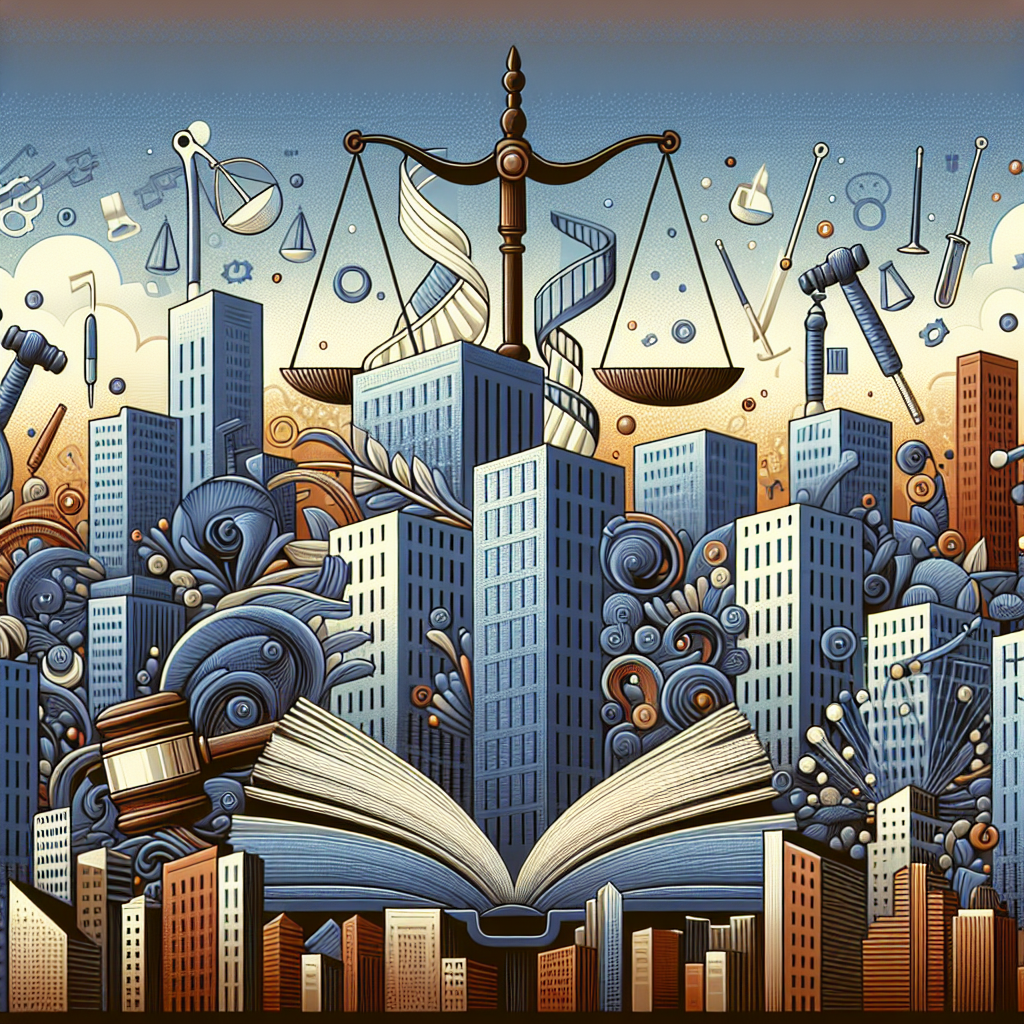Conservative vs. Liberal: Examining Political Ideologies
In today’s rapidly changing world, understanding the spectrum of political ideologies is crucial. While the terms “conservative” and “liberal” are frequently used in political discussions, their meanings and implications can vary widely depending on context. This blog post aims to delve into these two dominant political ideologies, exploring their origins, core beliefs, and how they manifest in modern politics.
Understanding the Origins of Conservatism and Liberalism
To fully appreciate the differences between conservative and liberal ideologies, it’s essential to understand their historical roots. Both ideologies emerged in response to the social and political changes of the Enlightenment and the Industrial Revolution.
Conservatism began as a reaction against the rapid changes brought about by these events. The ideology emphasizes the importance of tradition, stability, and continuity. Conservatives often argue that changes should be gradual and respect established institutions and customs. Edmund Burke, an 18th-century philosopher, is often considered the father of modern conservatism, advocating for the preservation of societal norms and hierarchy.
Liberalism, on the other hand, arose from the Enlightenment’s emphasis on individual rights and freedoms. It champions personal liberty, equality, and democracy, advocating for reforms that promote social justice and human rights. John Locke, a prominent Enlightenment thinker, laid much of the groundwork for liberal thought, emphasizing the importance of individual freedom and the social contract.

Core Beliefs of Conservative and Liberal Ideologies
While both ideologies seek to improve society, they differ significantly in their core beliefs and approaches to governance and policy.
Conservative Beliefs
Conservatives generally prioritize the following:
1. Tradition and Stability: Conservatives value time-tested traditions and institutions, viewing them as essential to societal stability and continuity.
2. Limited Government: They advocate for a smaller government role in economic affairs, believing that free markets and private enterprise are more effective than government intervention.
3. Personal Responsibility: Emphasizing individual accountability, conservatives often promote the idea that people should be responsible for their actions and welfare.
4. National Security: A strong focus on national defense and border security is typical, with an emphasis on maintaining law and order.
Liberal Beliefs
Liberals, conversely, emphasize:
1. Social Equality: Liberals advocate for policies that promote social justice and reduce economic disparities, such as progressive taxation and social welfare programs.
2. Government Intervention: They support a more active government role in regulating the economy and ensuring equal opportunities for all citizens.
3. Civil Rights: Protecting and expanding civil liberties and rights, particularly for marginalized groups, is a fundamental concern for liberals.
4. Environmental Protection: Liberals often prioritize sustainability and environmental conservation, supporting policies to address climate change and protect natural resources.
Modern Manifestations of Conservatism and Liberalism
In contemporary politics, these ideologies manifest in various ways, influencing policy decisions and public discourse.
Conservatism in Modern Politics
Today, conservatism often aligns with right-leaning political parties that emphasize fiscal responsibility, a strong national defense, and traditional cultural values. In the United States, the Republican Party is typically associated with conservative ideologies. Conservative policies may include reducing taxes, deregulating industries, and promoting family values.
Liberalism in Modern Politics
Liberalism is often aligned with left-leaning political parties that advocate for social reform, economic equality, and environmental protection. In the U.S., the Democratic Party is commonly associated with liberal ideologies. Liberal policies may focus on expanding healthcare access, protecting minority rights, and implementing environmental regulations.
Conclusion: Embracing Political Diversity
Understanding the distinctions between conservative and liberal ideologies helps us appreciate the diversity of perspectives that shape our political landscape. While these ideologies differ in their approaches and priorities, both share the common goal of improving society according to their values and beliefs. Engaging in open and respectful dialogue between these perspectives can lead to more balanced and effective solutions to the complex challenges we face today.
FAQs
Q: Are conservatives always against change?
A: Not necessarily. Conservatives are not against change per se, but they advocate for gradual changes that respect established traditions and institutions.
Q: Do liberals support unlimited government intervention?
A: No, liberals generally support government intervention to correct inequalities and protect rights, but they also value personal freedoms and civil liberties.
Q: Can someone hold both conservative and liberal beliefs?
A: Yes, many individuals hold a mix of conservative and liberal beliefs, depending on the issue. Political beliefs are often nuanced and can transcend strict ideological lines.





Leave a Reply
You must be logged in to post a comment.